One of the most common things I hear from friends, colleagues and family who tell me they struggle with eating healthier is that they don’t know what foods to buy. They are comfortable following a recipe and buying the ingredients required but when it comes to a general food shop for store cupboard staples and a general ‘healthy shop’ they struggle. So I thought a post on what I would buy from a supermarket and some ideas for healthy meal options from that shopping list might be helpful.
Obviously if you’re meal planning (and if you’re intimidated by the idea of meal planning then why not check out this post I did here which will hopefully convince you it’s not as difficult or as complicated as it seems) your shopping list will be informed by what meals you’re planning to cook that week. This post is more for those that want to grab a few items that will be quick, easy and healthy.
Firstly, to help make the shop slightly easier I like to break my list up in to the various sections of the supermarket so that I know exactly what to get, where, rather than wandering around hopping from aisle to aisle.
The headings I generally use are:
Fruit and Vegetables, Meat, Dairy, Bakery, Tinned/ Dry foods, Herbs/ Spices/ Condiments, Frozen
I like using a physical list as there’s something really satisfying about ticking things off but the notes app on your phone or tablet, or even a specific shopping list app are great options if you’d prefer not to carry a physical list about. The benefit of shopping from a list is that you only buy what you need (so you’ll save money) and you’ll be less likely to buy the unhealthy things you don’t need because you won’t be wandering around aisle to aisle.
In terms of how much of each to buy and when to buys I would recommend purchasing fresh fruit and vegetables in smaller portions a couple of times a week and using up as you go along (rather than buy these all in one go and then have mouldy food in the fridge come Friday), whereas meat I would buy in larger quantities and freeze what you don’t end up eating (this is especially good when there are offers on multi buys at the supermarket) every week or couple of weeks.
- Kiwis
- Apples
- Lemons
- Bananas
- Peaches/ Plums – depending if they are in season
- Avocado
Fresh Vegetables
- Leafy greens – spinach, kale, spring greens, cabbage (I tend to choose 2 per shop)
- Broccoli
- Sweet Potato
- Jacket Potato
- Lettuce (mixed leaves are good for variety)– in spring/summer
- Salad items – tomatoes, cucumber, bell peppers (I like red, yellow and orange) and radishes
- Onions – white are best for cooking with but red can be used raw in a salad
- Beetroot – either vacuum packed for salads or as a raw root vegetable for cooking
- Aubergine – great in summer when they are in season
- Cauliflower
- Courgette – I like to freeze mine and add to smoothies
- Carrots
- Butternut squash or pumpkin – in autumn/ winter when they are in season
- Swede/ Turnip – as above, best enjoyed in winter
As briefly noted above, the fruit and vegetables I chose will be dictated to by the season. In spring/ summer I will buy more salad items whereas in winter I will choose more root veggies that need cooking in to warmer dishes such as stews and soups.
A typical selection for me from the above (to last you a couple of days) would look like: Leafy greens, some salad items, a couple of potatoes and another vegetable such as aubergine or carrots. Then on the second veggie shop of the week I will choose more leafy greens (I’m allllll about the greens) and ‘top up’ any salad items then alternate my other veg – perhaps chose broccoli and a cauliflower instead.
Meat and fish
- Minced meat (Beef or lamb are my go to but chicken, turkey and pork are all great lean options)
- Chicken thighs or drumsticks (I never buy chicken breasts as I think they are too expensive and they dry out really quickly. Personally I find that the flavour is better in thigh meat or close to the bone in drumsticks)
- A whole chicken
- Smoked mackerel fillets – so cheap but so overlooked!
- White fish fillets – I tend to stay away from cod (over-farmed and over priced) but things like Pollock are good alternatives
- Salmon fillets
Dairy
- Whole cows milk
- Natural Yoghurt
- Eggs
- Cheese – I always have mature cheddar in the fridge but I also like to cycle between goats cheese, mozzarella, feta and halloumi.
A quick note on dairy – I always buy organic cow’s dairy but I recognise this doesn’t work for everyone. If you are intolerant to cow’s dairy then stick to what works for you – almond milk, tofu etc. the above are just suggestions based on what items I would buy in a food shop.
Bakery
- Sourdough bread – I slice a loaf up and use from frozen to avoid wasting any because I struggle to use a whole loaf before it goes stale
- Tortilla wraps – I freeze these and defrost when I need to use one at a time
Tinned/ Dry foods
- Tinned tomatoes
- Tinned coconut milk
- Tinned or dried pulses
- Nuts – almonds, peanuts, pumpkin seeds, sesame seeds, chia seeds
- Nut butter
- Quinoa or cous cous
- Rice
- Oats
- Dark chocolate
Obviously you won’t need to buy things like rice and quinoa every week but it was important to mention them otherwise they would never be shopped for!
Herbs/ Spices/ Condiments
- Extra Virgin Olive Oil
- Coconut Oil
- Butter
- Tumeric – usually dried and ground but fresh where I can get it
- Cumin – ground and seeds
- Corrainder – fresh, dried ground and seeds
- Garam Masala
- Cinnamon – ground and sticks
- Paprika – smoked and spicy
- Basil – fresh
- Parsley – fresh flat leaf and dried
- Mint – fresh
- Wholegrain mustard
- White wine, red wine and cider vinegar
Last time I moved house I bought a spice rack which came pre-populated with many herbs and spices in it, but if you don’t have one of these on a week in, week out basis I tend to use the above herbs and spices most. Don’t feel you have to buy them all in one go, perhaps buy one or two dried spices a week and then replenish your fresh supplies as and when you need to. I have grown a lot of my own herbs but the smaller plants you can pick up in the supermarkets are inexpensive and last well.
Frozen
- Peas
- Sweetcorn – loose kernels and cobs
- Spinach – handy for smoothies or curries
- Berries – much cheaper than buying fresh
So, that’s the end of the list. Now you know what to buy what do you make with them? A quick note: I try to re-use the same veggies in a couple of meals to avoid food waste. A few typical meals for me would look like:
- Poached fish with sweet jacket potato, peas and broccoli
- Shepherd’s pie (using the lamb, potatoes, tinned tomatoes, herbs and peas)
- Smoked Mackerel salad
- Squash curry (using butternut squash, coconut milk and spices) and rice
- Sunday roast chicken dinner (with various vegetables on the side)
- Shredded meat pilaff (using leftover roast chicken from the above, rice and spices)
- Berry smoothie with added spinach (using frozen ingredients)
- Roast vegetable soup and toast (broccoli, greens and courgettes work well together)
- Nachos (use the tortillas to make home made nacho chips then top with sweetcorn, cheese, pulses such as black eyed beans, tomatoes and avocado)
- Yoghurt with kiwis and nuts and a sprinkle of cinnamon
And that’s it. It’s pretty simple once you know how (although I’m happy to answer any questions you may have, just pop them in the comments below). The above is completely flexible and I would suggest using this list as a template which you then adjust depending on your own tastes.
As always, thanks for reading. I hope this post demonstrates that by buying a couple of basic ingredients you can mix and match to make quick and easy healthy meals with minimal hassle. If you’re looking for something more prescriptive watch this space as I’ll be doing a detailed meal plan post which will have recipes and an accompanying shopping list shortly. If you think I’ve missed anything or have your own tips for a healthy shop then pop them in the comments below, I’d love to hear from you.


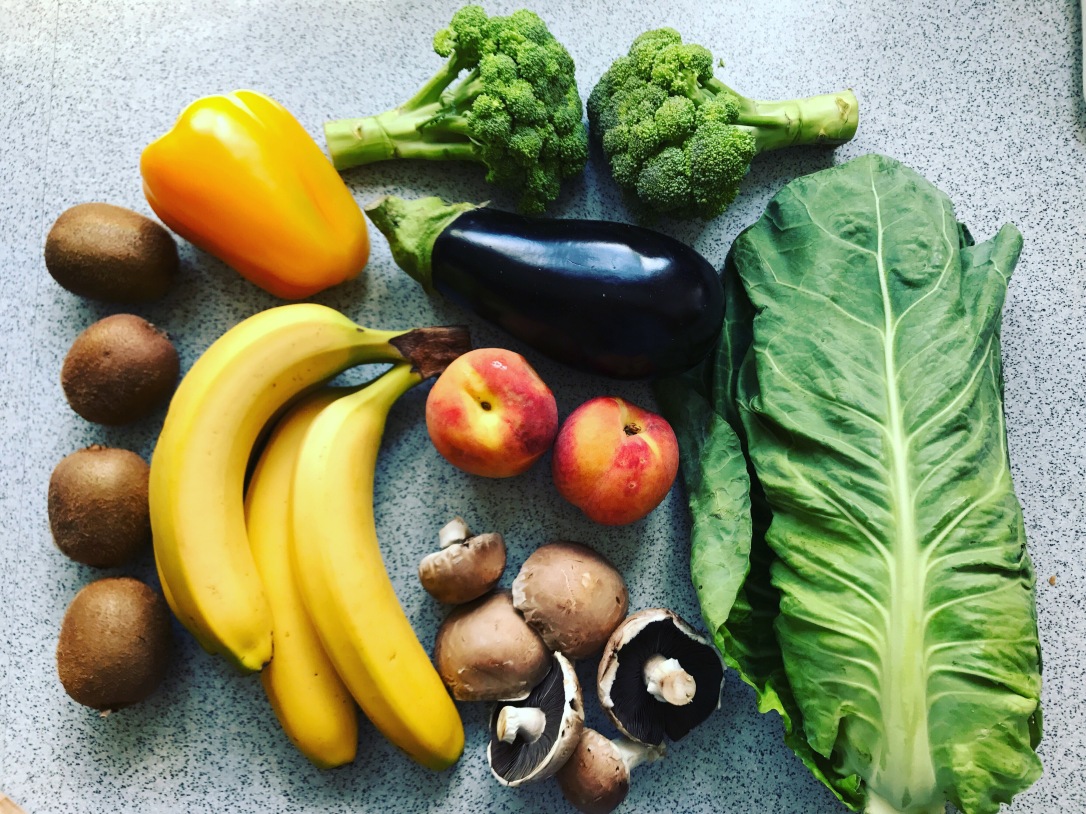

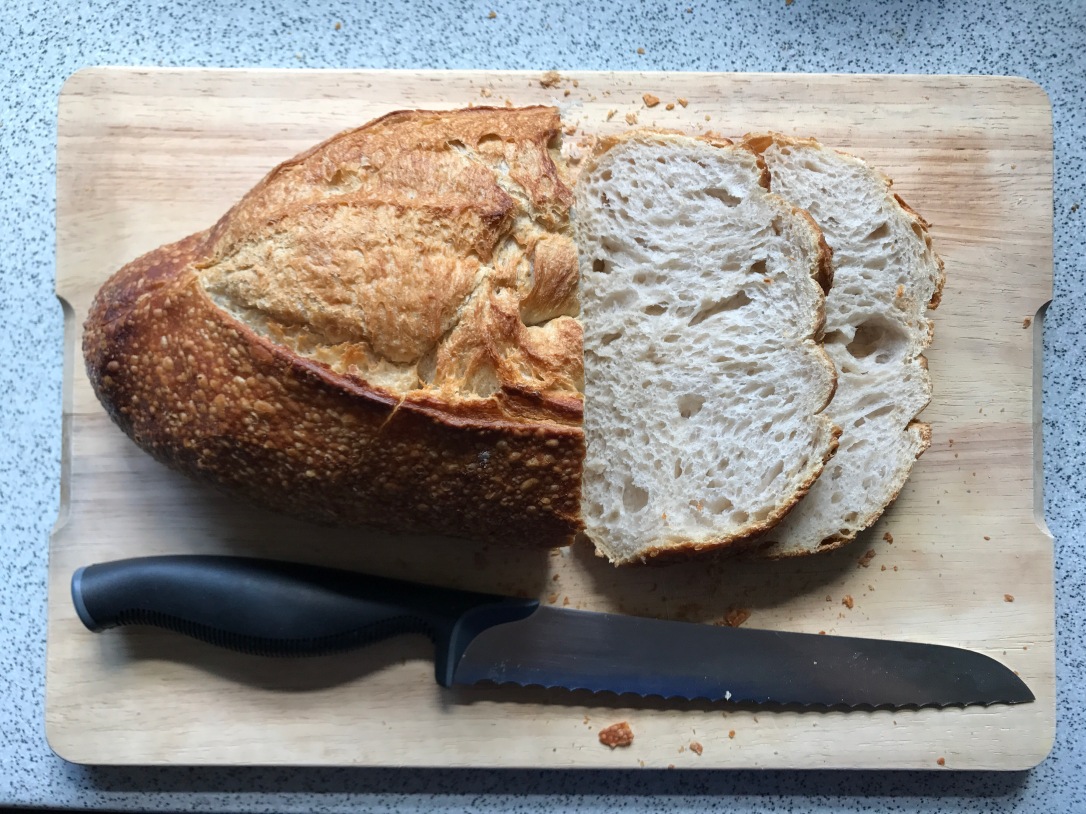

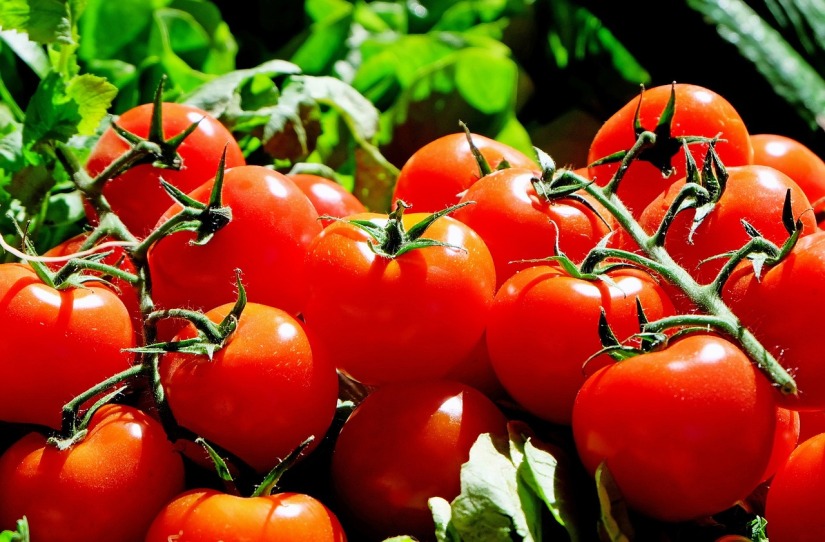 Eating organically without breaking the bank
Eating organically without breaking the bank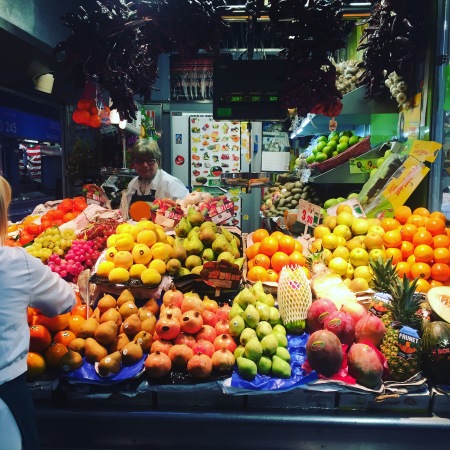 Eating seasonally
Eating seasonally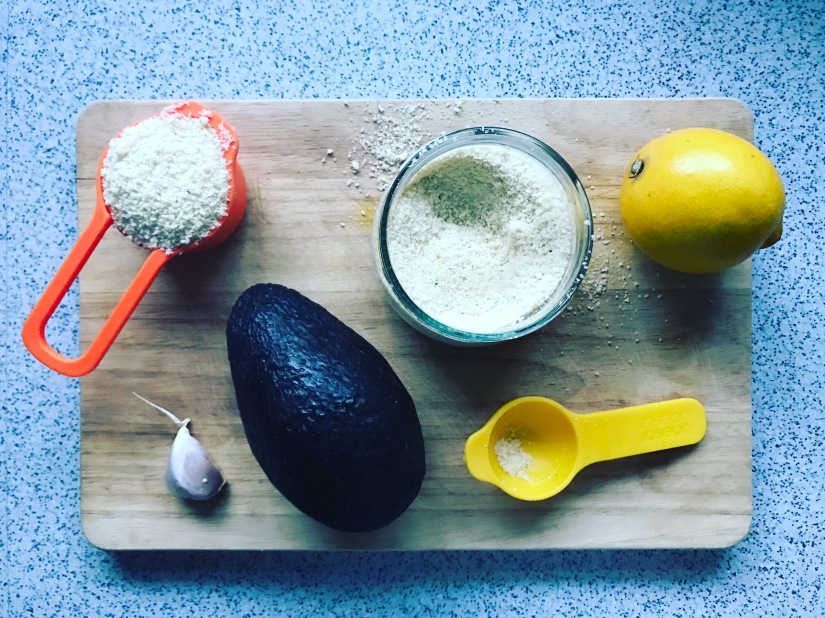 Foods you don't need to buy
Foods you don't need to buy
This was very handy while I was in Sainsbury’s tonight! 🙂 x
LikeLiked by 1 person
Brilliant! Glad you found it useful 😊 If you need more recipe ideas let me know xx
LikeLiked by 1 person